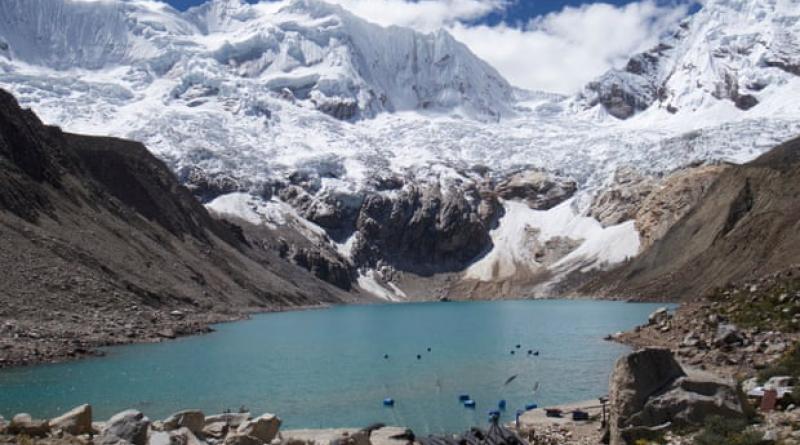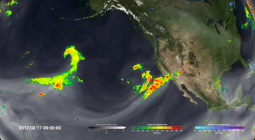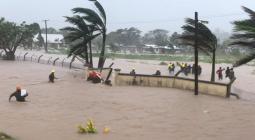Global heating to blame for threat of deadly flood in Peru, study finds.

Research showing severe flood threat caused by global heating may set legal precedent in climate litigation
Human-caused global heating is directly responsible for the threat of a devastating flood in Peru that is the subject of a lawsuit against the German energy company RWE, according to groundbreaking new research.
The study establishes links from human-made greenhouse gas emissions to the substantial risk of a dangerous outburst flood from Lake Palcacocha, high in the Peruvian Andes. The resulting flood would trigger a deadly landslide inundating the city of Huaraz, and threatening about 120,000 people in its path.
Climate litigators say the research published in Nature Geoscience could be key to holding major polluters accountable for their contribution to climate change.
Rupert Stuart-Smith, the lead author of the study, says: “[It] shows that warming has caused the retreat of the Palcaraju glacier which, in turn, has increased the flood risk.
“Crucially, this establishes a direct link between emissions and the need to implement protective measures now, as well as any damages caused by flooding in future.”
In 2017, judges in Hamm, Germany, made legal history by accepting a case brought by farmer Saúl Luciano Lliuya against RWE, Germany’s largest electricity provider, asking for $20,000 (£14,660) for the costs of preventing damage from a potential outburst flood from the lake. The judges are currently examining the evidence.
Roda Verheyen, a Hamburg-based environmental lawyer representing Lliuya, said she expected the study “to provide evidence of cause and effect that can be used in court worldwide”.
“Given that the court in Germany has already approved that, legally, there is responsibility for major emitters, this would have a bearing everywhere,” she told the Guardian.
Noah Walker-Crawford, an anthropologist at Manchester University acting as an external adviser to Germanwatch on climate litigation, said the study “provides further support to the argument that RWE has contributed to the risk of glacial lake flooding in Peru and should be held financially liable”.
“A ruling in Saúl Luciano Lliuya’s favour would set a significant precedent for future claims against major emitters,” he added.
“While Luciano Lliuya’s case concerns a small sum of around $20,000, future claims could be in the billions.”
The study found that the human-induced temperature rises had caused between 85% and 105% of the observed 1C heating in the region since 1880. That had, in turn, caused the retreat of the Palcaraju glacier. Andean glaciers, of which about 70% are in Peru, are among the fastest retreating mountain ice caps and one of the most visible impacts of the climate crisis.
Prof Gerard Roe, study author and researcher at the University of Washington, said: “Outburst floods threaten communities in many mountainous regions, but this risk is particularly severe in Huaraz, as well as elsewhere in the Andes and in countries such as Nepal and Bhutan, where vulnerable populations live in the path of the potential flood waters.”
This is not the first time Lake Palcacocha has threatened Huaraz. In 1941 a chunk of ice broke away from the glacier in an earthquake, tumbling into the lake. The impact caused a flood, killing about 1,800 people. The study also found this flood to be influenced by human-induced climate change – making it one of the earliest fatal impacts of climate change to have been identified globally.
“A number of new lawsuits are attempting to hold high-emission companies responsible for the costs of climate change,” said Prof Thom Wetzer, the founding director of the Oxford Sustainable Law Programme.
“It is now up to litigators to translate the science into high-impact legal arguments. Whether or not this particular case proceeds, it shows there is huge potential to leverage the power of the law to hold private companies liable for climate change-related impacts.”
4 February 2021
The Guardian




